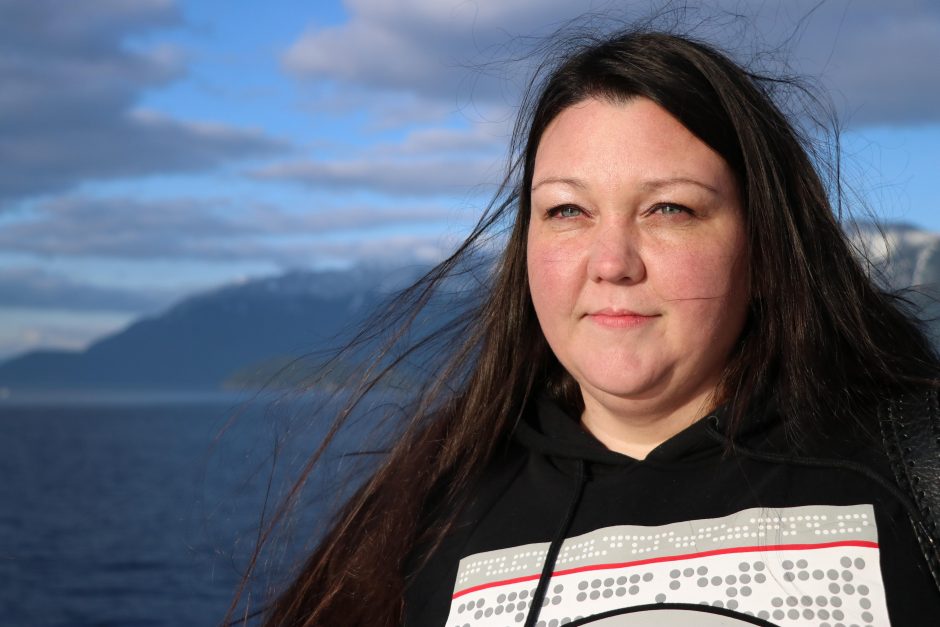March 28, 2018
Amanda Lepine has 12 hours before she will be sent back to prison. But first, a graduation ceremony.
She’s just spent 40 days on Vancouver Island at Tsow-Tun Le Lum, a “helping house” that offers substance abuse and trauma treatment to Indigenous Peoples. Lepine is here for the substance abuse program, Thuy Namut.
She’s on day parole, from the Fraser Valley Institution for Women, a federal women’s prison in Abbotsford, B.C.
At 37, the Métis woman from Manitoba says she’s spent most of her life in prisons, starting when she was just 12.
“I came here because I was broken,” Lepine tells those in the room during her graduation ceremony.
She has a strong voice and speaks with confidence, but pauses briefly when her eyes fill with tears.
“I’m on my third federal bit and I just needed to change something. I needed to find a new path.”
While Lepine works on finding that new path, there’s an even bigger call for change that could have a direct impact on her future and those of other Indigenous women in Canada who are disproportionately entangled with the criminal justice system.
More than one-third of the women admitted to custody self-identify as Indigenous.
The call from the Truth and Reconciliation Commission final report is clear: to reduce this overrepresentation of Indigenous Peoples in custody. Nearly two years after the report was released, Lepine keeps trying to make changes in her life. Government efforts to make change are proving less fruitful.
“For the last three decades, there has been an increase every single year in the federal incarceration rate for Indigenous people,” according to the most recent annual report from the Office of the Correctional Investigator.
‘I wouldn’t call myself a victim’
Lepine wishes her three sons could be at her graduation. It’s been four years since she’s seen them. She pulls up the sleeve of her sweater and displays their names tattooed on her left arm. She also has a large tattoo of a thunderbird on the same arm, a reference to her spirit name, Dancing Thunderbird Woman.
She says she received her name during a stay at the Okimaw Ohci healing lodge in Saskatchewan — one of two healing lodges for Indigenous women in the federal correctional system.
This is her second federal sentence. She’s currently serving eight-and-a-half years for her role in an armed robbery in Winnipeg in 2015. In a Winnipeg Police Service news release about the incident, police state that no injuries were reported and that cash and cigarettes were stolen from the store.
When Lepine shares the story of her journey up until that robbery, it’s one of systemic failures and personal pains: of not being protected by the people and institutions she came in contact with as a young girl.
She talks about the sexual abuse she endured starting at the age of three, the substance abuse and chaos in her home, her experiences in the child welfare system and being thrown in the Winnipeg youth detention centre at 12.
In spite of the trauma and hardship she’s encountered, Lepine’s strength is evident.
“I wouldn’t call myself a victim," she said.
“I think people just made bad choices for me and that’s what happens in the system. You lose that control, you can’t make choices for yourself and it sucks because you have all these people thinking that they know what’s best for you when they don’t. When they’re actually making your life worse."
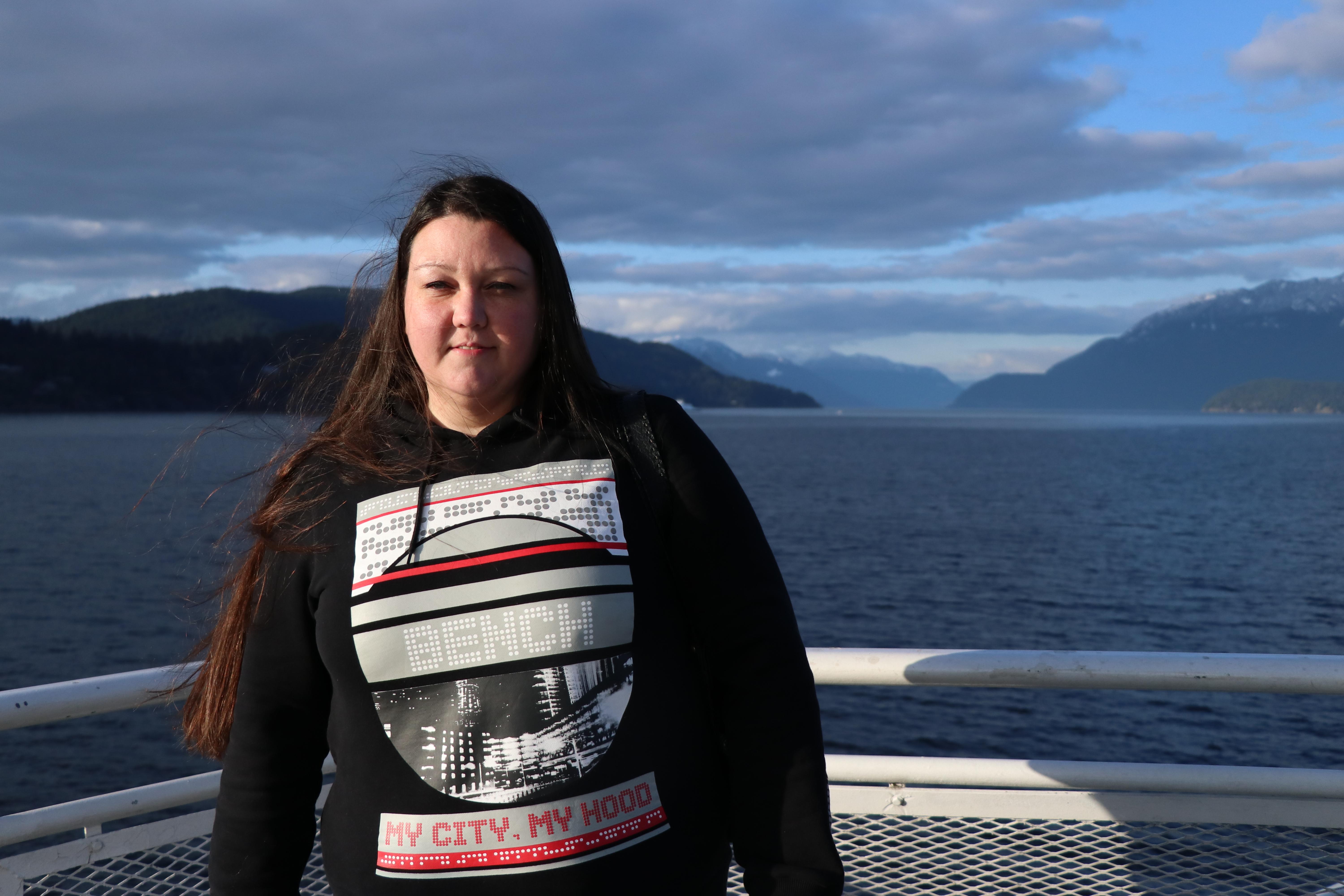
Being sent to an adult women’s prison at 14 was probably the worst of her experiences with the justice system. She describes it as a “gross time” in her life.
She says she first got involved with the youth justice system for running away from a foster home and says the child welfare system grew increasingly fed up with her behaviour, which at times involved thefts and other property crimes.
When she was 14, she said, she was “raised” to the adult prison and kept there for nearly five years.
“I stayed in there until two weeks before my 19th birthday and yeah, I didn’t see anybody. I didn’t see my family. [Child and Family Services] didn’t even come see me. And when they released me it was just, drop me off at the main mall and good luck with your life. Like, thanks. So that was great,” she said.
'When they released me it was just, drop me off at the main mall and good luck with your life.'
Coming of age as a teenager in a women’s prison provided Lepine with an unconventional education that did not involve graduating from high school.
“They let me out to the street. I didn’t have no income, no stability, no family, and I ended up getting re-involved in criminal activity. I started selling drugs, I started drinking a lot, I had nothing,” she said.
Eventually things changed for her. She met a man and they had their first child together in 2002, and by 2006 she’d had three sons. She says those boys became her life and she did everything she could at the time to be a better person for her children.
She says there was violence in her relationship with the father and she left him before the birth of their third child. Then, one day, he came to her house and allegedly assaulted her with a hammer, and her sons were taken away by Manitoba Child and Family Services (CFS).
“They came in and … this is basically what they said, is because I grew up in CFS and in the system I didn’t know how to bond with my kids,” she said. They were taken three days before Christmas in 2007.
“From there I just lost hope because I’d seen what CFS did to me,” she said.
“I didn’t have family support, I didn’t have any resources and I gave up and I jumped right back into my addiction. Within six months I was in on my federal bit,” she said.
Lepine was arrested in Winnipeg in June 2008 for her role in the robbery of a convenience store and gas station. In 2009 was sentenced to seven-and-a-half years in a federal prison.
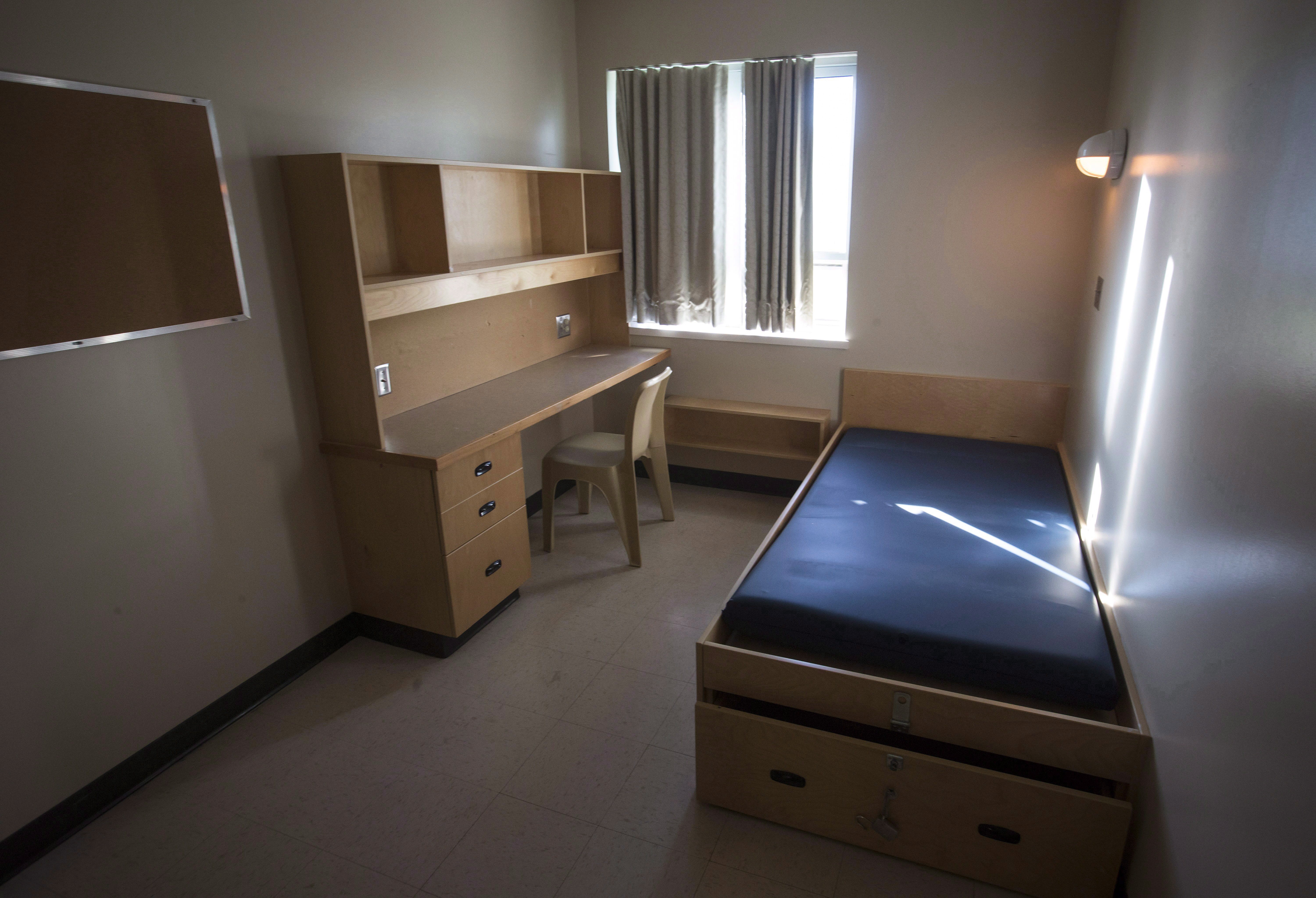
‘Just like residential school’
Overall, more than a quarter of adults in prisons across Canada in 2015/2016 were Indigenous, despite the fact that they only accounted for roughly five per cent of the population at the time.
When it comes to Indigenous women, the numbers are even worse.
Indigenous women represented 38 per cent of admissions to territorial and provincial adult female prisons in 2015/2016, according to data from Statistics Canada. In the federal correctional system, they accounted for 31 per cent of admissions that year.
“I think the jail system is just like residential school. It’s a way to keep us shut out from the rest of the world and to keep us quiet,” Lepine says.
Beyond the overrepresentation, Indigenous women’s experiences in the justice system are worse than the general population. Research shows they’re more likely to be placed in maximum security units, spend more time in segregation, and are less likely to get back into the community on parole.
In fact, Indigenous women are more likely to be held in custody until their statutory release date or warrant expiry date, the maximum possible time Corrections can keep them in custody. When they get out, their sentence is over and they don’t have any support from Corrections to make a smooth transition back into the community.
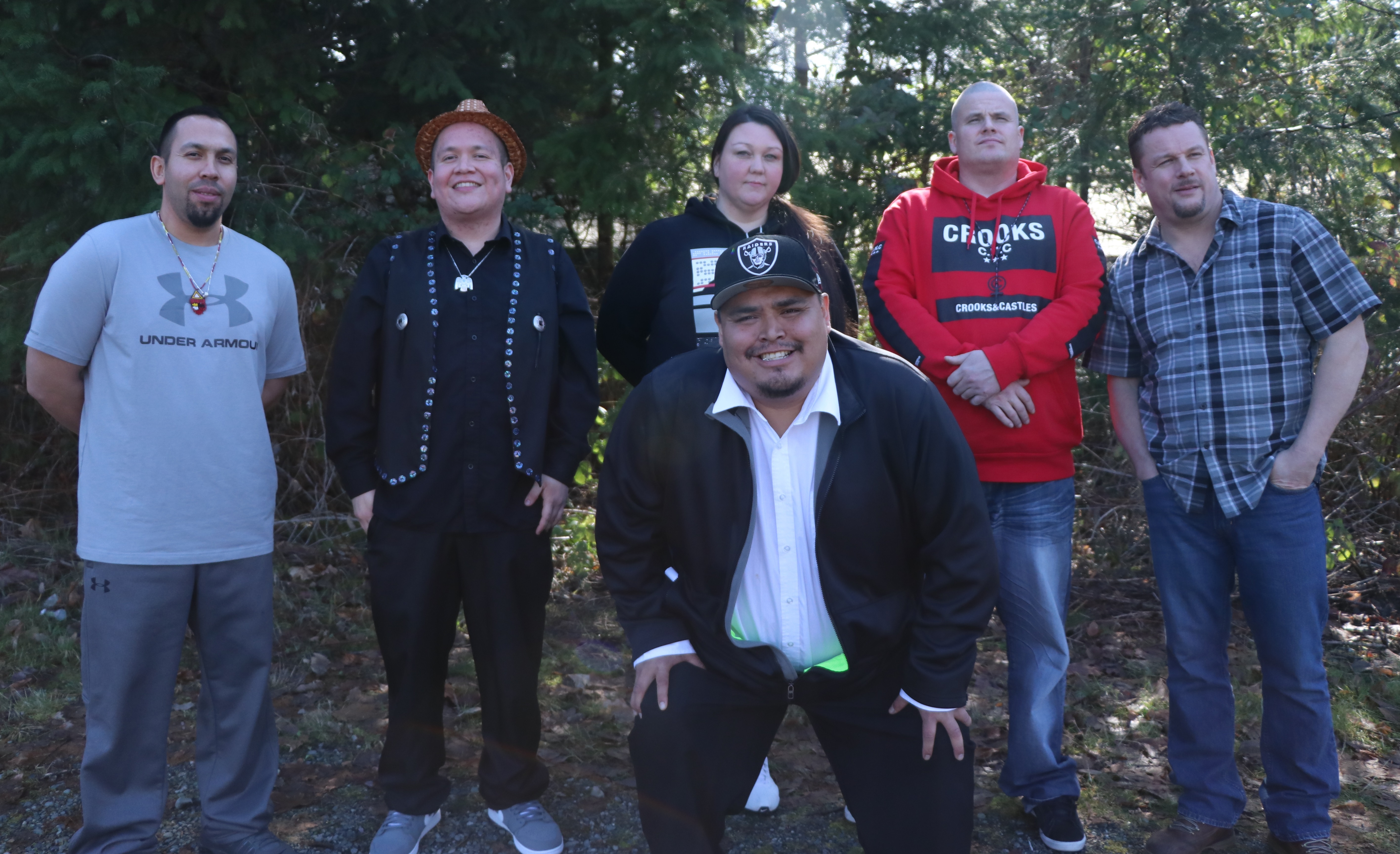
The Truth and Reconciliation Commission made more than a dozen calls to action that are specifically related to the justice system.
Calls to Action 30 and 38 call for the federal government, territories and provinces to commit to reducing the overrepresentation of Indigenous Peoples in custody over the next decade, and to provide detailed annual reports on government progress in achieving this goal.
Advocates remain hopeful, but they are skeptical about whether this goal will be achieved and how soon changes will come.
After all, the situation has been a long time in the making. There are reports dating back to the 1980s that have identified this as a growing problem.
Organizations like the Native Women’s Association of Canada and the Elizabeth Fry Society, along with individuals like former Correctional Investigator of Canada Howard Sapers, have been demanding changes to the justice system for years, but the numbers have only worsened.
Their advocacy continues today.
In the last year, dozens of people and organizations have been sharing with the federal government about how to address the overrepresentation issue and about human rights issues they’ve identified in the correctional system.
There are currently a number of studies and inquiries happening on these subject areas, in both the House of Commons and the Senate.
But the problem remains.
“To my mind, the year-on-year increase in the overrepresentation of Indigenous people in Canadian jails and prisons is among this country’s most pressing social justice and human rights issues,” wrote Ivan Zinger in his first annual report in the role of Correctional Investigator last year.
“The story of how so many [Indigenous] women came to be locked up within federal penitentiaries is a story filled with a long history of dislocation and isolation, racism, brutal violence as well as enduring a constant state of poverty beyond poor,” states another federal report from 2012.
Culture change needed in Corrections
Debra Parkes, who has watched the numbers of Indigenous women in prisons grow throughout her legal career, emphasizes that this problem is not limited to federal prisons — it exists in remand centres and in provincial institutions.
She’s been working with women in the criminal justice system since she was a law student in the 1990s. Today she works as a law professor at the Allard School of Law at the University of British Columbia, where she’s also chair of the Centre for Feminist Legal Studies.
“The possibility is there,” she said, for reducing the number of Indigenous women in custody.
“We don’t even need new legislation, we just need a political will and funding and a culture change. A culture change that is within Corrections that sees decarceration and sees community-based supervision and options for Indigenous people to be a priority.”
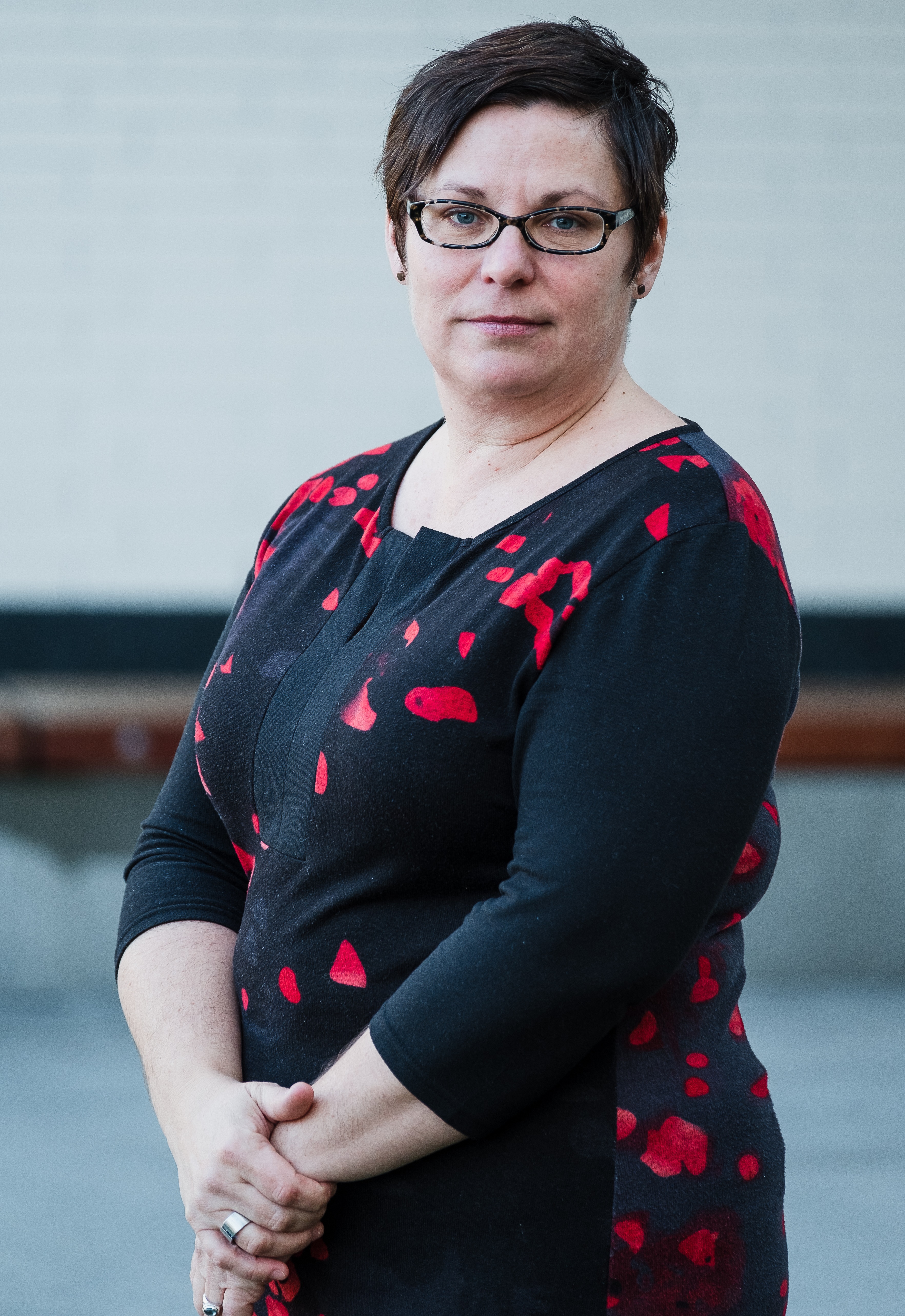
Parkes says these community-based release options, designed for Indigenous Peoples, have been drastically underused, although they’ve existed for more than 25 years under the Corrections and Conditional Release Act.
And if decarceration is the goal — getting people out of institutions — action also needs to happen on the front end of the justice system, diverting women from receiving in-custody sentences whenever possible. One problem is the mandatory minimum sentences that exist for dozens of criminal offences.
When asked how we got here, and why the numbers have gotten so much worse in recent years, Parkes says there are several factors at play. She says people often attribute the spike to the Harper government and the move toward a more punitive tough-on-crime approach starting in the early 2000s.
‘Underprotected and overpoliced'
But she said there are so many other contributing factors, like declining community support, less access to safe and affordable housing and stagnant, unmanageable social assistance rates.
“When you look at all that, you see when you have fewer resources in community for people to live, who are otherwise in poverty, you have more resources going into criminal justice responses, then you have women being increasingly being caught in that net,” she said.
Talking to people about Indigenous women’s experiences in the criminal justice system the same line keeps coming up, in one form or another: Indigenous women and girls are ‘underprotected and overpoliced.'
People like Parkes say these underlying factors play a part in the national tragedy of missing and murdered Indigenous women and girls in Canada. They also say it’s these same factors that lead to Indigenous women and girls being over-represented in prisons and jails.
“What you see and hear when you speak to women who are criminalized is that they have had experiences of both overpolicing and underpolicing in the sense that often when they’ve been experiencing violence and been victimized they haven’t had adequate police response to that,” she said.
“[They] aren’t believed in the way that they should be, aren’t provided with resources to escape that violence, and are often criminalized for their response to that.”
The lost 'sisters'
Sitting on the top deck of the ferry from Vancouver Island back to Vancouver Lepine reflects on this connection between missing and murdered Indigenous women and girls — and those in prison.
“Almost everybody that’s gone missing from Manitoba, I’ve known them,” she said, staring out at the ocean.
“I’ve either met them through the system or I’ve met them on the street. And a lot of it comes to that lack of support.”
She said far too often when women come out of jails and prisons they’re not supported to get housing, to buy necessities like food and clothing. They’re left without a job or money to survive, setting them up to fail.
“And it’s sad because I’ve lost a lot of sisters that have decided go back to their addictions and with their addictions they start prostituting themselves and from there they’re ending up in ditches. Some aren’t even doing the prostitution and they’re still ending up in ditches,” she said.
Loss is something that Lepine knows all too well. But the system has not broken her.
“I’m grateful for the experiences because it’s made me who I am and it’s given me the strength and the courage to carry on and tell my story, but it’s time for me to move on from that,” she said.
'Our people need healing. They don’t need jails.'
She hopes to return to Tsow-Tun Le Lum in a few weeks to do another 40 days in treatment and wants to eventually complete the trauma program. After that, she’d like to get into a halfway house in Vancouver, go to post-secondary school to study law and, of course, to be reunited with her sons.
Talking about the changes she’d like to see in the justice system, she says she’d like to see more healing lodges opened. She thinks all Indigenous Peoples should have the option to serve their sentence in a healing lodge, instead of a prison.
“Our people need healing. They don’t need jails. Jail is making everything worse. Like, ‘OK yeah, you’re hurt. You’re hurt because your grandparents were taken.’ Well, that’s exactly what you’re doing to me again. And it just doesn’t make sense. It’s just a cycle. It’s the same thing, just a different name.”
Requests were made to the Manitoba courts for records related to Amanda Lepine’s history but documentation was not provided in time for publishing. Much of what Lepine shared in this story can also be found in an affidavit used in an unrelated B.C. Supreme Court case and in her sworn testimony for that same case.
This story is part of our project Beyond 94: Truth and Reconciliation in Canada. Read more stories in the series and look for further coverage this week.
